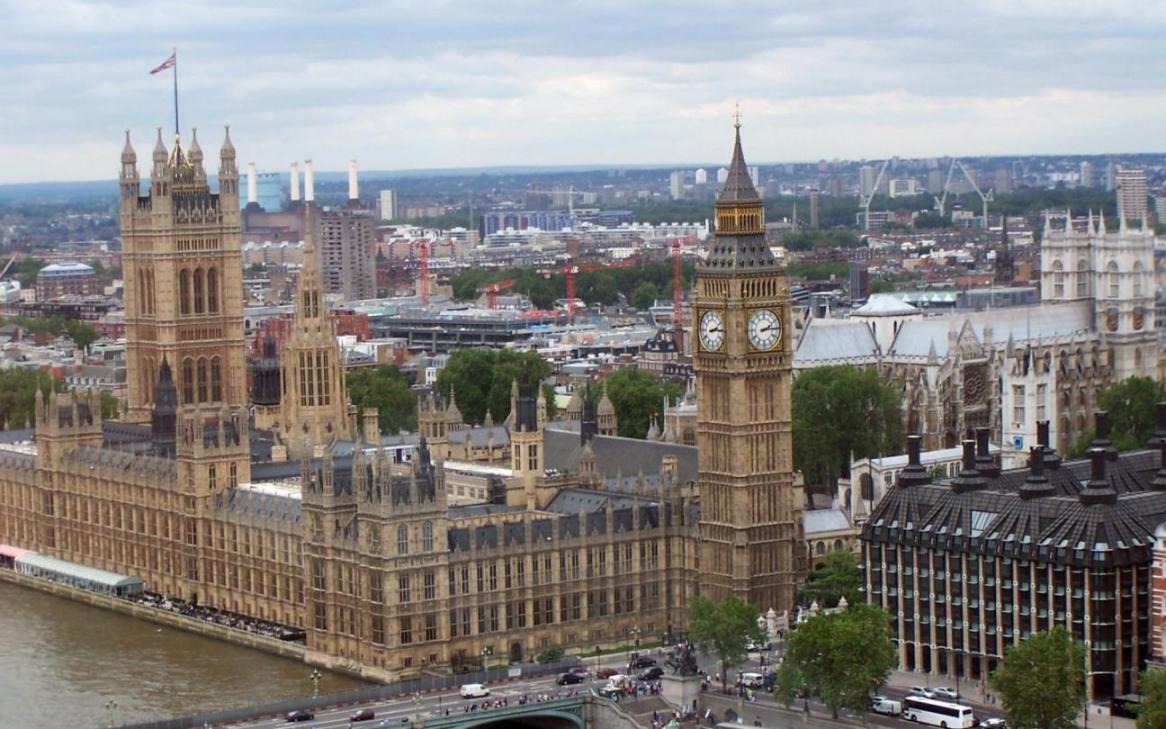Fiscal austerity has become such a staple of conventional wisdom in Britain that anyone in public life who challenges it is written off as a dangerous leftist.
Jeremy Corbyn, the current favorite to become the next leader of Britain’s Labor Party, is the latest victim of this chorus of disparagement. Some of his positions are untenable. But his remarks on economic policy are not foolish, and deserve proper scrutiny, Robert Skidelsky wrote for Project Syndicate.
Corbyn has proposed two alternatives to the UK’s current policy of austerity: a National Investment Bank, to be capitalized by canceling private-sector tax relief and subsidies; and what he calls “people’s quantitative easing”–in a nutshell, an infrastructure program that the government finances by borrowing money from the Bank of England.
The first idea is neither extreme nor new. There is a European Investment Bank, a Nordic Investment Bank, and many others, all capitalized by states or groups of states for the purpose of financing mandated projects by borrowing in the capital markets. The rationale for this type of institution derives from what that great socialist theorist Adam Smith called the state’s responsibility for the “erection and maintenance” of those “public works and institutions,” which, while of great advantage to society, would not profit private enterprise. In other words, the state should always have an investment function.
Idle Savings
Today’s particular economic circumstances provide a second reason for establishing a National Investment Bank. In slump or even semi-slump conditions, a higher-than-normal proportion of private savings are held in cash or its nearest equivalent (short-term treasury bills). A National Investment Bank could draw out these “idle savings” by issuing bonds for infrastructure development.
Offering a small premium on government securities, such bonds would likely attract long-term investors like pension funds, which otherwise face zero or even negative real returns. For example, with a fiscal outlay of €21 billion ($23.3 billion), the European Investment Bank is set to finance investments worth at least €315 billion by 2017.
Quantitative Easing
“People’s quantitative easing” is a more unorthodox–and a more interesting–version of this idea. Under conventional quantitative easing, the central bank buys government securities from banks or corporations and relies on the extra cash that it “prints” to stimulate private spending. But studies suggest that much of this money goes into speculative activity, risking asset bubbles, rather than being channeled into productive investment.
An alternative would be to distribute the central bank’s newly issued money directly to housing associations, local councils, or national or regional investment banks–any organization that could carry out infrastructure projects. This is what Corbyn proposes.
Corbyn’s proposal, unlike orthodox monetary financing, would not add to the national debt–a major advantage. Orthodox QE–let’s call it “monetization one” – is intended to be reversed, with taxation used to raise the money to redeem the government bonds held by the central bank. The expectation of future tax hikes could drive people to save part of the new money, rather than spend it. Unorthodox QE (“monetization two”) avoids this problem, because the central bank’s borrowing will not be repaid; central-bank assets net out against government liabilities. That is why it should not be excluded a priori.
There is a strong case for monetization two in the eurozone, which faces zero growth and deflation.
But it is hardly the case that the UK economy, currently growing at close to 3% a year, needs a further QE program of any kind right now. The government can borrow all it wants from the bond markets at near-zero interest rates. Outsourcing such borrowing power to a National Investment Bank is merely a way to signal that any additional borrowing will be used for investment, not for current spending.


